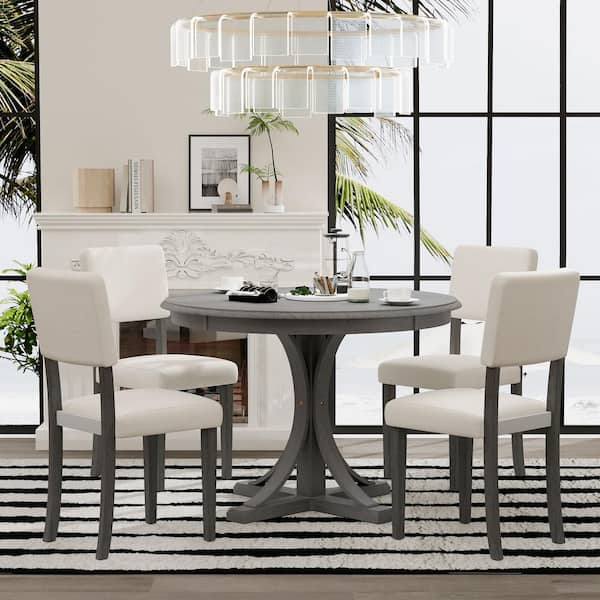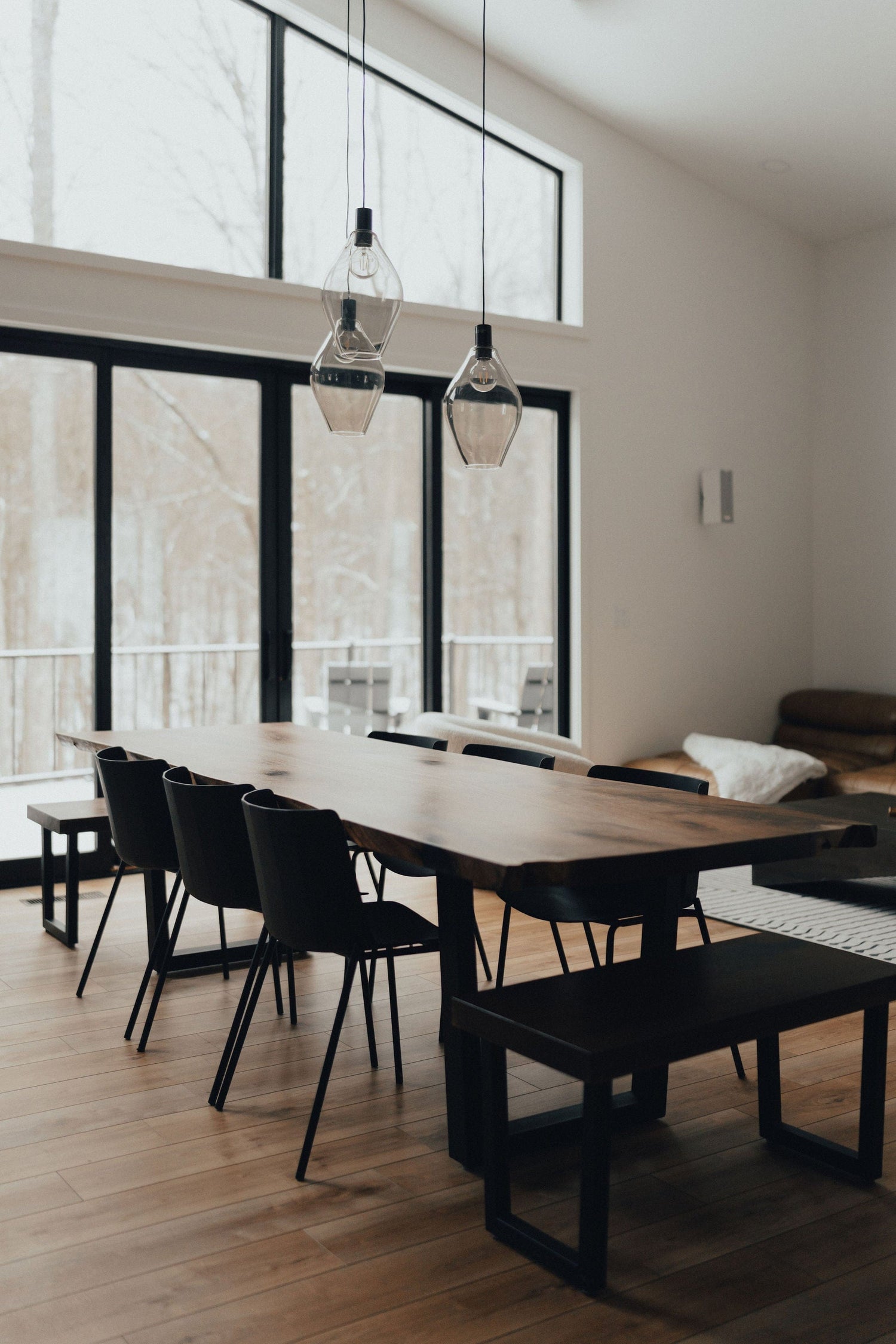The Top Trends in Dining Room Table Legs You Need to Know
The Top Trends in Dining Room Table Legs You Need to Know
Blog Article
From Traditional to Modern: Discover the Ideal Eating Space Table Legs for Your Design
While traditional designs such as cabriole and turned legs stimulate a sense of ageless sophistication, contemporary styles like barrette and geometric options offer an opportunity for striking visual rate of interest. As you take into consideration these aspects, the question remains: exactly how can you flawlessly incorporate these diverse leg styles to create a harmonious eating experience?
Comprehending Table Leg Styles
The range of eating area table leg designs can considerably influence both the aesthetics and performance of the space. Each leg style adds one-of-a-kind visual aspects and practical features, accommodating diverse design choices and usage needs. Comprehending these designs is critical for selecting the best eating table that lines up with your total indoor design vision.
For example, conical legs supply a clean, traditional appearance that can enhance an area's beauty, while pedestal bases provide stability and make the most of legroom, making them ideal for smaller sized rooms. Hairpin legs, a hallmark of mid-century modern style, present an industrial style, enabling a ventilated, open feel. Trestle legs stimulate rustic charm, supplying durable support and a sense of timelessness.
In addition, the choice of materials plays a substantial duty. Wood legs can bring heat and appearance, whereas metal options often communicate a streamlined, contemporary ambiance. Ultimately, recognizing table leg styles is essential for producing a cohesive dining location that mirrors personal style while making certain usefulness and convenience. By attentively thinking about these aspects, you can boost both the visual and functional appeal of your dining area.
Standard Table Leg Options
When picking dining-room table legs, typical alternatives frequently personify timeless sophistication and craftsmanship. These layouts mirror an abundant heritage and a dedication to top quality, making them ideal for those that value timeless appearances.
Among the most legendary typical leg designs is the cabriole leg, defined by its graceful curved shape. This layout often includes ornamental carvings and is most commonly located in Queen Anne and Chippendale furnishings. One more popular choice is the transformed leg, which boasts a collection of smooth, rounded forms that provide a classic look while keeping security.
Furthermore, the straight leg, while simple, supplies a unadorned and tough framework that can blend seamlessly with a range of tabletop styles. For those attracted to ornate outlining, claw-and-ball feet legs evoke a feeling of magnificence and can work as a stunning centerpiece in any eating space.
Lastly, stand bases, although not strictly legs, supply an alternate conventional option that enables enough legroom and can be beautifully sculpted. Each of these standard leg styles adds to the overall setting of a dining space, weding function with visual appeal.

Modern Table Leg Designs
Modern table leg layouts provide a diverse array of styles that stress cutting-edge materials and tidy lines. These designs usually focus on capability while acting as striking prime focus within an eating space. Minimalist visual appeals are widespread, with legs crafted from materials such as steel, glass, and engineered wood, which add to a modern their website and airy feeling.
One popular style is the hairpin leg, defined by its slender, tapered framework that gives security without overwhelming the tabletop (dining room table legs). This style is usually discovered in mid-century modern-day furniture and can effortlessly match different dining table forms. Another pattern is making use of geometric shapes, where legs may tackle angular or unbalanced types, including visual interest and a touch of virtuosity

Mixing Styles for Distinct Areas
Frequently, property owners look for to create special eating areas that show their personal design by mixing different style elements. This approach permits for the unification of diverse aesthetic appeals, leading to a harmonious yet distinct atmosphere. Combining a rustic wooden table with streamlined, contemporary metal legs can develop a captivating contrast that boosts the room's total charm.
In addition, integrating vintage table legs with contemporary table tops can evoke a feeling of history while keeping a modern perceptiveness. Such combinations try this web-site not just showcase private preference however also urge imagination, allowing home owners to curate a space that really feels both personal and inviting.
Shade plays a critical function in this mixing process; picking table legs that match or comparison with the existing color pattern can enhance aesthetic passion. For example, whitewashed legs can soften the daring of a dark table surface, producing a well balanced aesthetic.
Tips for Choosing the Right Legs
Selecting the right table legs is important for achieving both functionality and visual allure in your eating room. Begin by considering the overall design of your area. Traditional setups take advantage of legs that feature detailed carvings or turned styles, while contemporary rooms might call for sleek, minimal designs.
Next, evaluate the height and stability of the legs. dining room table legs. Standard eating tables vary in between 28 to 30 inches in height, so guarantee the legs match this measurement for comfort. Furthermore, durable products, such as hardwood or steel, can boost stability and durability
Review the leg shape also-- alternatives consist of right, tapered, or stand layouts. Straight legs use a classic appearance, while tapered legs can include a touch of elegance. Pedestal bases supply enough legroom and are perfect for smaller sized rooms.
Conclusion
In recap, picking the excellent eating room table legs needs mindful consideration of both contemporary and traditional styles. By integrating leg style, height, and material with the overall décor, a cohesive and inviting ambience can be attained.
The selection of dining space table leg styles can considerably influence both the aesthetic appeals and performance of the space. Ultimately, understanding table leg styles is necessary for producing a natural dining area that shows personal style while ensuring usefulness and convenience.One of the most legendary typical leg styles is visite site the cabriole leg, characterized by its elegant rounded shape. Straight legs offer a timeless look, while tapered legs can add a touch of style.In summary, choosing the ideal dining area table legs calls for mindful factor to consider of both modern-day and traditional styles.
Report this page